The mirror is an excellent place to look if you’ve ever thought about animal testing. The American Beauty & Personal Grooming market amounts to over $ 91.41 billion. Some people mistakenly assume cosmetic testing means putting lipstick or mascara on a rabbit. Not true!
Those numbers have a dark side. They represent millions of test animals subjected to horrific conditions and experiments testing toxic chemicals to satisfy the consumer product safety commission.
These studies force lab animals to ingest, inhale or endure test substances on their skin or eyes. And it’s utterly unnecessary.
It means using test substances like toxic chemicals found in cosmetics and toiletry products on mice and other animals. Almost every household uses between five to ten cosmetic items in their home that use toxicity tests or cosmetics testing.
What Products Are Considered Cosmetics?
Cosmetics aren’t just lipstick and perfume. Testing cosmetics include the Federal Hazardous Substances Act. FDA (Food and Drug Administration) classifies cosmetics as products used to clean, enhance, or alternate a person’s appearance.
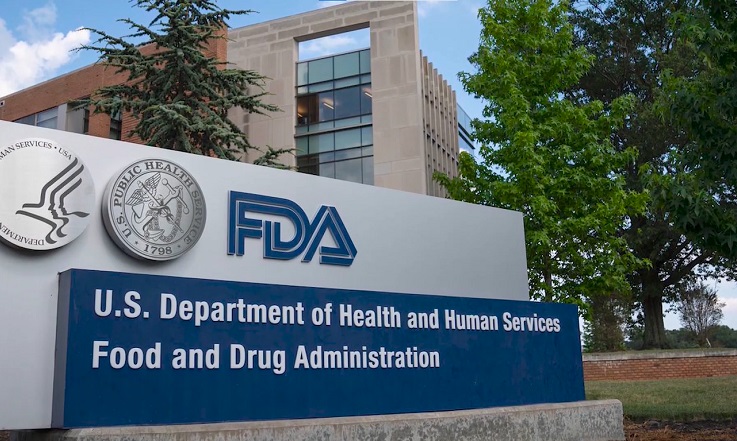
This governing body ensures that these toiletry or personal grooming products are safe for human consumption and protect human skin and health. It also dictates laws for labeling under the FD&C Act (Federal Food, Drug, and Cosmetic Act).
Here is the weird thing about animal testing (aside from being proven to be ineffective and outdated): The FD&C Act doesn’t require animal experiments for safety.
It’s like the FD&C washes its hands of the brutal institution and allows cosmetic companies to devise any methods to prove the safety of the ingredients and finished product.
To understand what products fall under the cosmetic umbrella, you need to know how the industry works. Companies that produce cosmetics must meet strict regulations, and rightly so. But every company wants a piece of $91 billion.
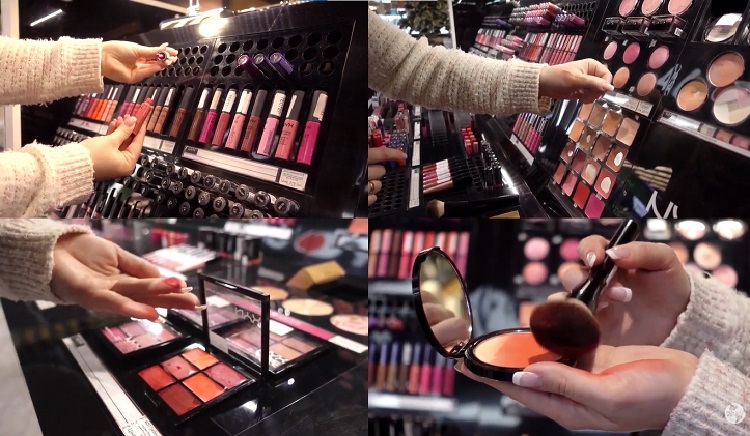
European, Indian, and Israeli cosmetic companies outlawed animal testing and found alternative methods to stop acute toxicity tests. China and the U.S. still use animal testing for cosmetics testing when proven alternative methods exist.
Product categories that fall under cosmetics (excluding any pure soap):
- Haircare and colorants
- Dental hygiene
- Deodorants & Antiperspirants
- Bodywash and body cleansing
- Shaving and men’s grooming
- Perfume
- Color cosmetics and makeup
- Nail and foot care
Few people in America don’t use toiletry or grooming aids. However, no animal voluntarily sticks its nose into toxic chemicals and provides cell and tissue cultures for animals to substitute as human cells.
Since labs use animals bred for lab testing, the AWA (Animal Welfare Act) doesn’t offer these rabbits, rodents, or monkeys any protection.
Why Animal Testing Is Used?
Good question. Since the FD&C Act doesn’t mandate animal testing, why are cosmetic labs still testing on animals instead of investing in alternative methods, especially when research suggests that animal testing is often inconclusive and provides false test data?
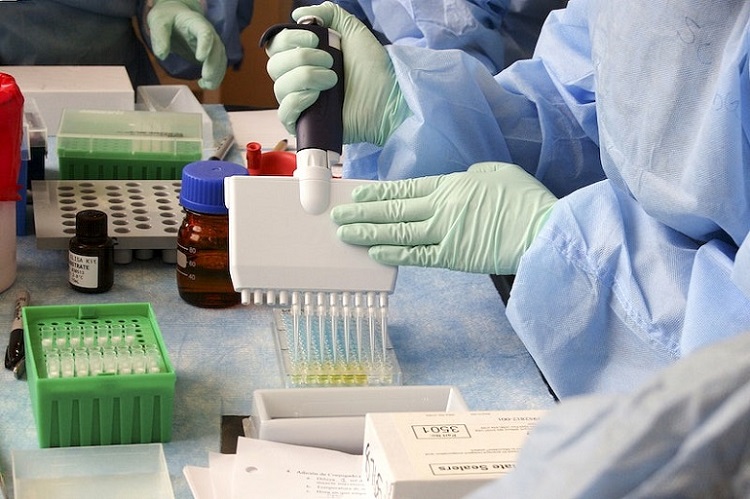
Animal testing harkens back to ancient Greece. Animal testing is an inhumane way of conducting medical experiments, drug efficacy, food additives and safety, industrial chemical toxicity, and cosmetic testing. Although inroads are making headway, anti-animal test proponents fight against the status quo.
The history of animal testing is long. It’s full of merciless methods to inflict suffering on innocent animals. Animal testing breaks every imaginable moral and ethical aspect of humanity. Animal testing needs to end.
Animal experimentation is used in an outdated theory to study, create, and produce products for human consumption and human health.
The sad news is that 95% of the results are trash. Experts on the other side of the spectrum continually prove that test substances used on guinea pigs don’t lead to success.
According to Stanford Medicine, animals are vital in biomedical research to study the causes, diagnoses, and treatments of diseases to end human suffering. This statement also suggests that animals benefit from animal testing.
However, the message is diluted and vague. Would humans line up voluntarily to endure immense suffering for the benefit of humankind? Is it right that we ask animals to make such sacrifices?
But did you know that the COVID-19 vaccine came about without animal testing? Researchers faced a massive time crunch.
There weren’t enough lab-bred animals for test methods. So, either humans became massive test animals or are smart enough to invent alternative methods using the same test substance.
Where Is Cosmetics Testing on Animals Mandatory?
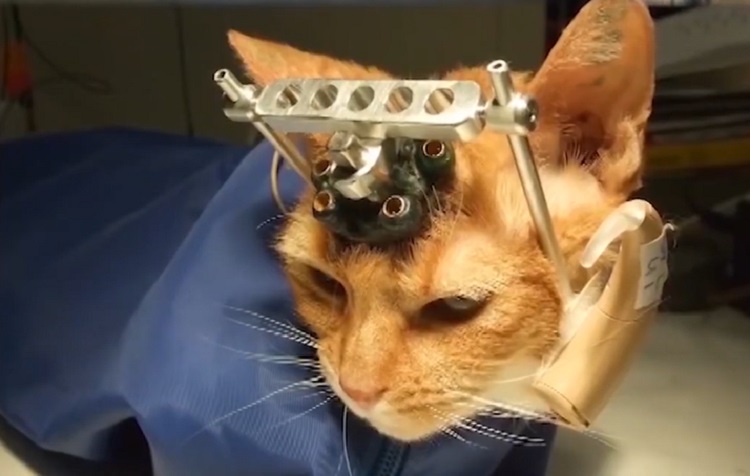
Cosmetic testing laws have changed. It’s no longer mandatory in the USA, yet it is still part of the American cosmetics industry’s trademark. Europe bans animal testing on cosmetics. India and Israel followed. Which leaves only the largest consumer market in the world: China.
The good news is that China is loosening its grip on testing cosmetics. In 2014, regulations changed for a large segment of the cosmetic category.
Ordinary cosmetics that have a track record can forego testing. Shampoos, lipsticks, shaving, or dental products that don’t promise any anti-aging benefits no longer require testing unless imported.
In 2021, China took an even more significant step and dropped its restrictions on imported ‘ordinary’ cosmetics. Products of ‘special use’ distinction, like hair coloring or suncare, still require cosmetic testing mandates.
Where Is Cosmetics Testing on Animals Banned?
Thanks to the persistent efforts of anti-animal cruelty and anti-animal testing organizations like the Humane Society or similar, long-overdue forced companies to change how they conduct research and test methods.
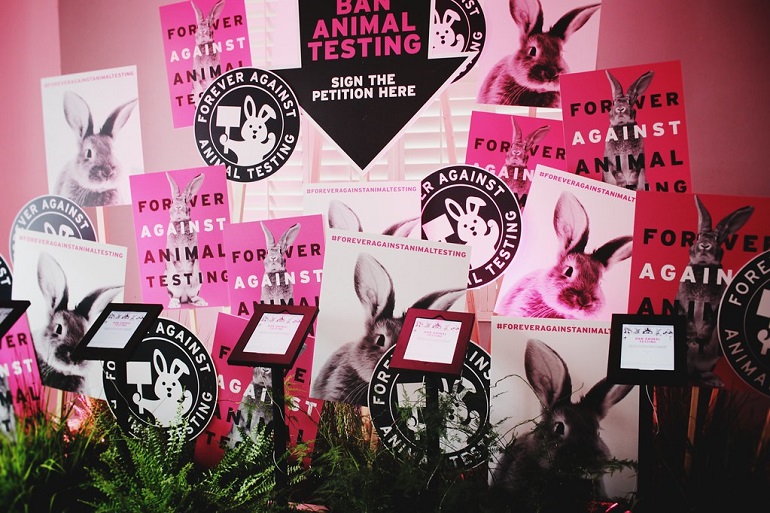
The European Union implemented a strict ban on its cosmetic industry. Since 2013, the European Union paved the path to finding alternative methods to test products. Other countries followed:
- India
- Israel
- Iceland
- Norway
- Mexico
- Switzerland
These restricting animal testing regulations meant that companies could no longer sell their products in an open market. It forced them to comply, and lo and behold, they developed innovative products without further animal testing. (Weird, isn’t it?)
Other states and countries joined the growing list:
- Australia
- Colombia
- Guatemala
- New Zealand
- South Korea
- Taiwan
- Parts of Brazil (ban or limit)
USA States:
- California
- Hawaii
- Illinois
- Maine
- Maryland
- Nevada
- New Jersey
- Virginia
Every person that refuses to buy animal-tested cosmetics and grooming products makes a positive change. Look for products that clearly state that they support anti-animal testing laws. Look for the Leaping Bunny symbol on cosmetic products.
Why Do Some Cosmetics Companies Still Use Animal Testing?
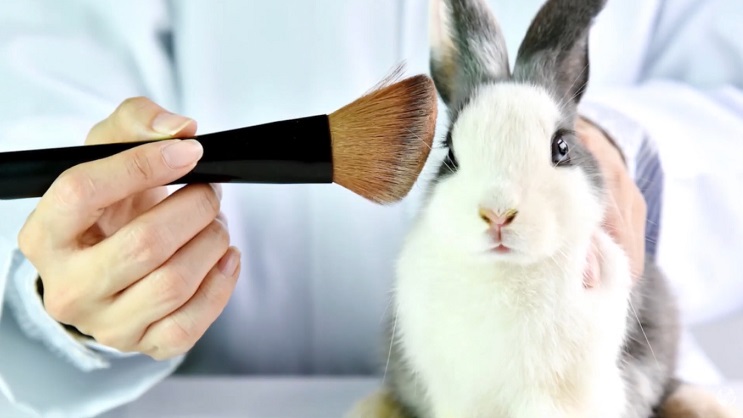
Anyone who has worked for a large organization knows it’s difficult to introduce change. Cosmetic companies always tested new ‘miracle’ ingredients on animals to prove their safety.
Safety testing is essential to protect consumers. No one is arguing that any industry must meet standards. Otherwise, they won’t.
But testing on animals is an outdated practice that causes inhumane conditions for animals. Also, companies have access to a massive catalog of ingredients that already pass the test. The other reason brands that test on animals can safely stop torturing innocent animals is that technology dominates every facet of our lives.
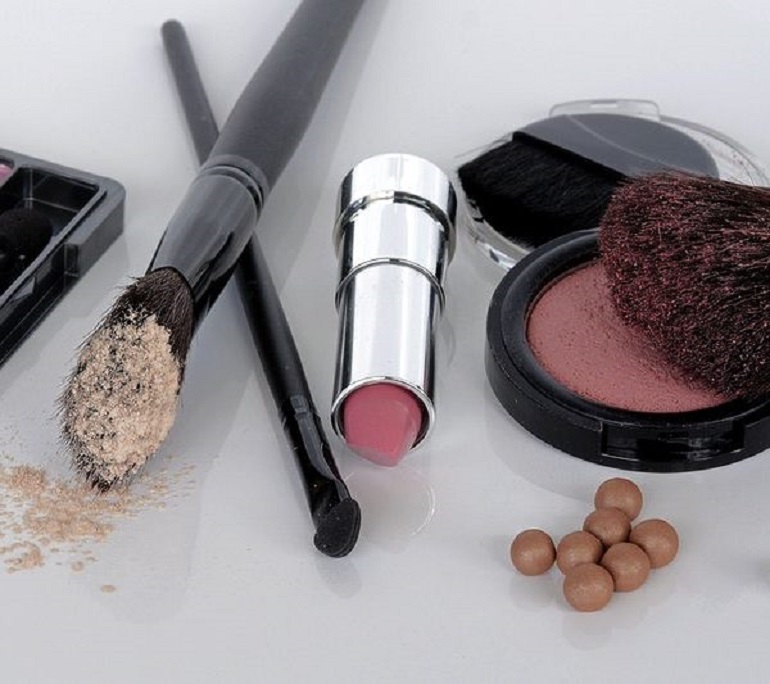
New testing methods like human cell-based tests and innovative computer modeling techniques are more efficient, cost-effective, and reliable. Using animals is no longer a benefit. It’s a burden on companies that resort to animal testing.
What Are the Alternatives to Animal Testing?
The year is 2023. Humans have broken through many avenues to find answers to puzzles where none seemed to exist.
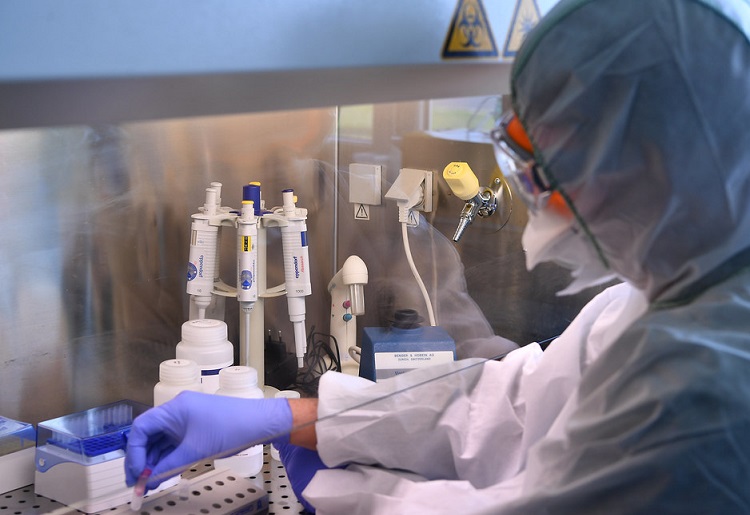
Aside from having access to thousands of vetted ingredients with documented results, companies have immense resources in technology. These developments make a world of difference and spare the life of an innocent animal.
Non-animal tests (at least 50) exist to ensure the safety of products coming to market. Modern methods are a better alternative as they can predict the effect of ingredients on humans.
They’re less expensive to operate and produce results closer related to humans than animals. Using advanced science that replaces animal tests easily replaces medieval methods.
What Cosmetics Tests Are Performed on Animals?
Seems that sometimes humans, who are capable of such immense compassion, can also be intensely cruel. When you read anything about animal tests, the term in vitro gets floated around. In vitro test methods means performed “in the glass” outside a living organism. It includes using isolated tissues, organs, and cells.
Laboratory testing is time-consuming. Biologics testing on cosmetic products can easily be done using computer modeling and other technologies developed decades ago.
Acute Toxicity Testing
The definitions say it all. It’s a term to define the application of short-term vulnerability to a toxic substance (chemical). The experiment typically involves rodents in a lab environment.
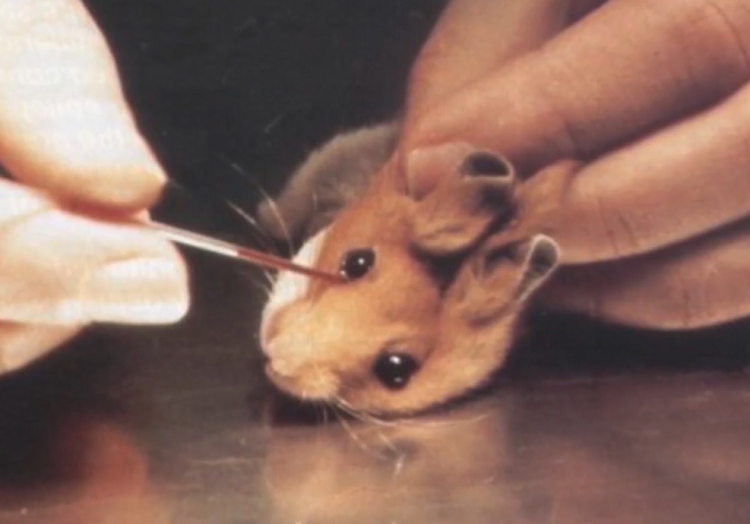
Lab techs subject these animals to high doses by force-feeding, inhalation, or contact (eyes and skin) with dire consequences to the animal.
These animals suffer from extreme:
- Abdominal pain
- Diarrhea
- Convulsions and seizures
- Paralysis
- Excruciating bleeding
- Death
LD50 Test
Acute toxicity testing has roots in WWI chemical warfare. Scientists used extreme 50% doses (LD50) tests that are still a practiced method of animal-poisoning studies.
The 50% measurement means that test subjects undergo force-feeding, where an increasing amount is applied to the animal. The test study is complete when half of the animals die.
The LD50 and its newer and equally cruel techniques have never undergone any scientific validation to prove it works to measure the results on humans. In an international study on 50 common test substances, the accuracy rate is only 65%. That isn’t an exact science, then, is it?
The tipping point is that human cell-line testing predicts the toxicity parameters more accurately to within 75 to 80% than animal testing.
Eye and Skin Irritation/Corrosion Testing
Most of us couldn’t fathom using a telephone, a television, or even wearing clothing from the 1940s. Yet those are the outdated lab methods to test for skin and eye irritation.
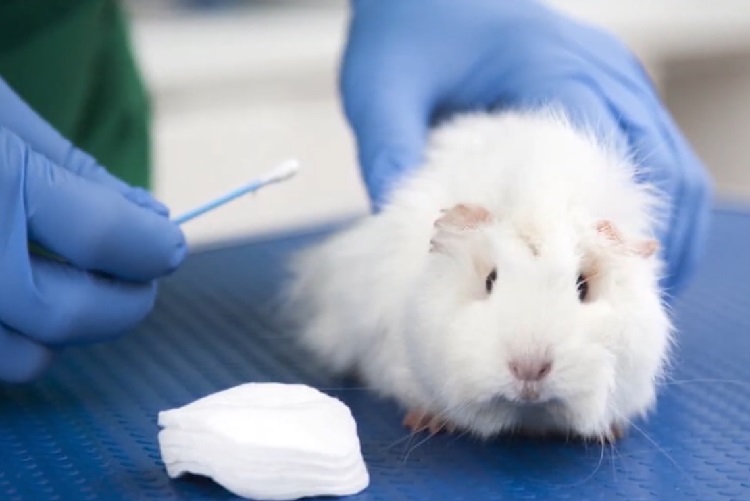
Anyone with an irritant in their eyes or contact dermatitis knows how painful these conditions are. For some inexplicable reason, we inflict those conditions on animals.
- Inflamed and irritated skin
- Bleeding, ulcers, scabs
- Cloudy eye tissue and blindness
- Intense suffering and psychological distress
The study requires repeating the procedure for monitored intervals for two weeks. They don’t provide the animal with any pain relief, comfort, or emotional support.
Scientists who care about the use of animals conducted their own study and found that these studies have fluctuating results (animal suffering is 100% predictable). The results don’t produce markers that confirm the experience for human beings.
Skin Sensitization Testing
How often do women wake up and pray for skin like guinea pigs? Never. Nor do we think about eye irritation tests and animal-tested products or the use of animal and cruelty-free product testing.
The GPMT or guinea pig maximization test for skin sensitization is a method to measure allergic reactions. A lab tech injects a test substance into the target several times to monitor the effects. Although, like other antiquated animal tests, this test is over 50 years old. The guinea pig experiences discomfort from:
- Severe itching
- Inflammation
- Discomfort from an allergic reaction
- Skin corrosion
The guinea pig undergoes further experimentation to increase the body’s immune system using adjuvants. In other related GPMT tests, the murine local lymph node assay or LLNA takes it further.
The LLNA applies the toxic substance goes directly into the ears of mice. Although the mice experience severe alarm, it is short-lived as the test requires the animals’ death to complete the study.
After the mouse dies, lab technicians cut off its ears to measure the immune response and the number of lymphocytes isolated from the lymph nodes. This method is a standard skin sensitization test.
Better alternatives like computer models already exist.
Draize Rabbit Eye Test
In Vivo, the ocular irritation test or Draize Test dates back to 1944. It ‘supposedly’ is the best method for lab technicians to test the irritation factor of predetermined chemicals on skin or eye tissue.
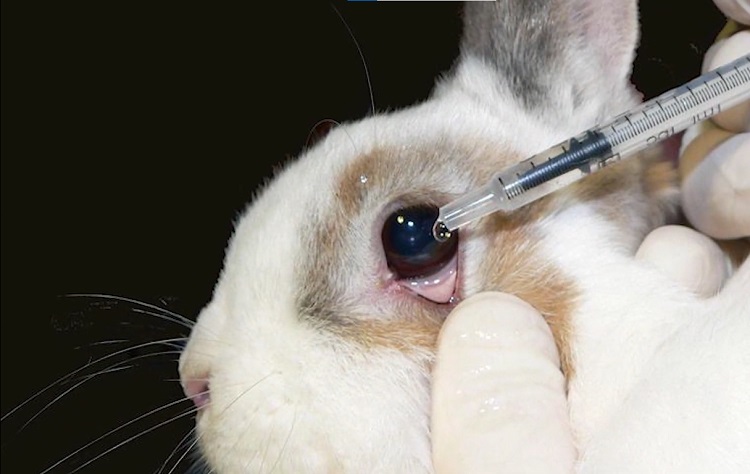
The Draize test using animals has a significant flaw. There are vast differences between a human and a rabbit’s eyes or skin.
Rabbit skin is more permeable, and a 65-substance test led to this conclusion: 45% of chemical irritation conducted on animal tests is incorrect. Therefore the Draize eye test is subjective to interpretation in different situations.
The Draize eye and skin irritation and corrosion test from a bygone era is still a dominant testing method.
Picture, if you will, an adorable rabbit with beautiful burgundy eyes. Now drip or apply (the technician is obviously wearing protective gear) into the unwilling test subject with an onslaught of nasty chemicals. This outdated process uses 10 µL/ liquid or 10 mg/solid into the lower eyelid between the palpebral and bulbar conjunctiva of the eye.
Lab technicians and scientists study the irritation factor at intervals like an hour, 24 hours, and so on, up to 21 days. Rabbits, especially albino rabbits, are preferred test subjects for these experiments.
Injecting or distributing these harmful chemicals to ‘any’ eye tissue is extremely painful. These toxicity tests and in Vitro tests can easily be replaced with non-animal test methods. The health, safety, and use of fewer animals must come from federal agencies and government agencies.
The EPA (Environmental Protection Agency) is striving to bring changes to the use of animals in product testing like:
- Household products
- Office goods
- Agricultural and environmental products (pollutants)
- Volatile organic materials
- Eyecare products and ophthalmic topicals
Draize eye testing remains the most common method used to study eye irritation tested on animals. Since these experiments are proven to lack objective results and quantification, they’re under extreme criticism from animal rights groups.
Carcinogenicity Testing
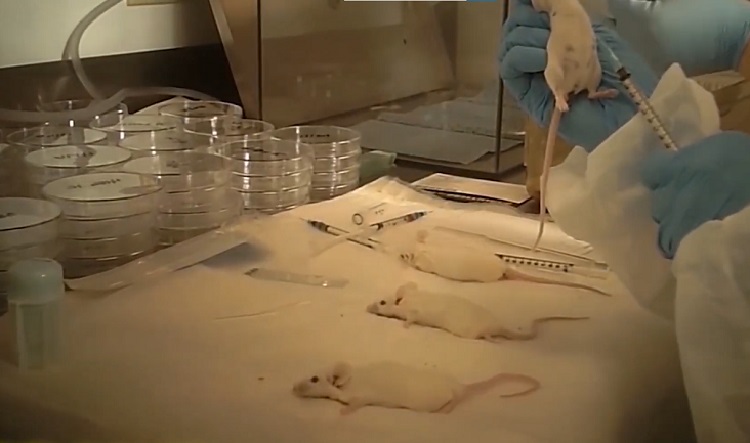
People have found no end to inventing cruel methods that inflict immense pain on animals through animal tests. The carcinogenicity test uses primarily mice and rats and potentially harmful substances. These tests force animals to endure ingested, inhaled, or injected substances for up to two years.
After that time, and if the animal is still alive, it is then killed and analyzed for cancer, abnormal cell growth, and tumors.
Aside from the cruelty, the bad news is that these tests have a high degree of false positives and negatives. Dr. Richard Klausner said, “We’ve cured mice of cancer for decades, and it simply didn’t work in humans.”
Reproductive and Developmental Toxicity Testing
These animal testing methods are a mere attempt to analyze how test substances affect the reproductive fallout of the test animal and the growth and development of its babies. Lab rats receive these test substances before mating.
Experts then study the fertility and survival of the offspring. Afterward, the offspring are mated to review the second generation in a prolonged experiment using harmful substances and study human use.
Problems with Animal Tests
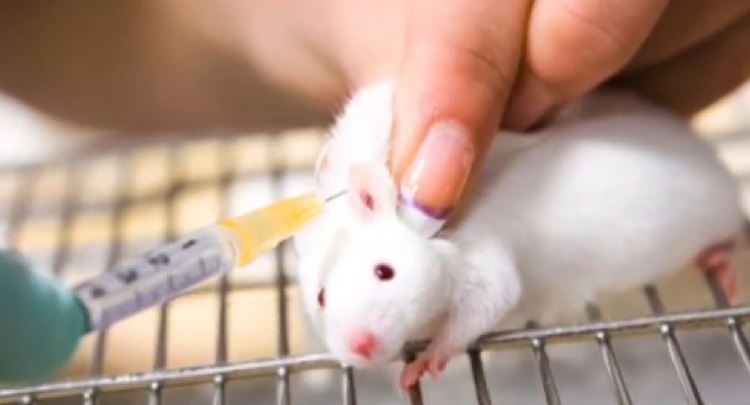
Animal testing on cosmetics strongly connects with animal testing for medical and drug research to explore a test substance with in vitro methods.
Proponents argue that animals are too different from humans. The results using animal testing are skewed and often inconclusive. That means animals suffer for no benefit in these outdated animal tests.
No one is arguing that animal tests have significantly impacted advancing humanity. However, our dependence on animals for experiments slows discovery and innovative thinking. Many medications or lifesaving procedures might never see the light of day because they fail on animals unless we explore alternative methods.
Drugs that fail on animals seldom find their real target: people. Lipitor, one of the most predominant medications to reduce cholesterol, didn’t meet the expectations in animal testing. It wasn’t until real human volunteers took the drug that scientists could study its effects and success on the human body.
Final Thoughts
Everyone understands that animal testing is a complicated subject. The answer is simple, though. Cosmetic testing on animals needs to be banned. Look for the Leaping Rabbit symbol on the product and stop buying animal cruelty products.
While you’re at it, stop consuming the thousands of products sold in plastic that harm animal species in another way.
People are innovative creatures that seek resolutions. We don’t always get it right, but thousands of compassionate animal rights activists exist. These people fight tirelessly to end animal research, end animal cruelty, and ask companies to stop testing on animals.
You can make a difference, too, by becoming animal rights advocates on your terms. Organizations fighting illegal puppy mills, animal testing, and other animal rights organizations need you.


